Welcome to Auto For Dummies, the techprincess column that tells the secrets and history of the car world in a simple way. Today we start a little journey within the Italian automotive industry. We often hear that Italy has one of the longest-running and most important automotive translations in the history of the automobile, and today we want to do iti know the Italian brands that no longer exist today, starting from a very successful company in Italy and Europe, Autobianchi. Born as a bicycle manufacturer, Autobianchi has had legendary models in its history, which sadly ended in the late 90s. But how was Autobianchi born? And what did it produce? You will discover everything today with me: prepare your belts, you go back in time.
Bianchi’s first steps in the world of cars, alongside Fausto Coppi’s legendary bicycles
To understand what lies behind a historical name like that of Autobianchi, we have to go back several decades, more precisely to 1885. In fact, on this date the Edoardo Bianchi Italian Velocipedi Factory, from the name of its founder who began the production of velocipedes (or bicycles) in Milan almost 140 years ago. Bianchi was and still is today the oldest still existing bicycle manufacturer in the world, linking its name to the sporting enterprises of Fausto Coppi in the 40s and 50s.

Alongside the successful cycling production, however, Edoardo Bianchi wanted alongside that of cars and motorcycles. Thus, in the 1899, the Bianchi became Edoardo Bianchi Automobile and Velocipedi Factory. Car production was quite fortunate, so much so that in 1914 Bianchi produced well 1,000 cars, a very high number for the time. The Milanese house was also successful in the field of competitions, with Tazio Nuvolari and Alberto Ascari who raced and won just before the Second World War at the wheel of Bianchi cars.
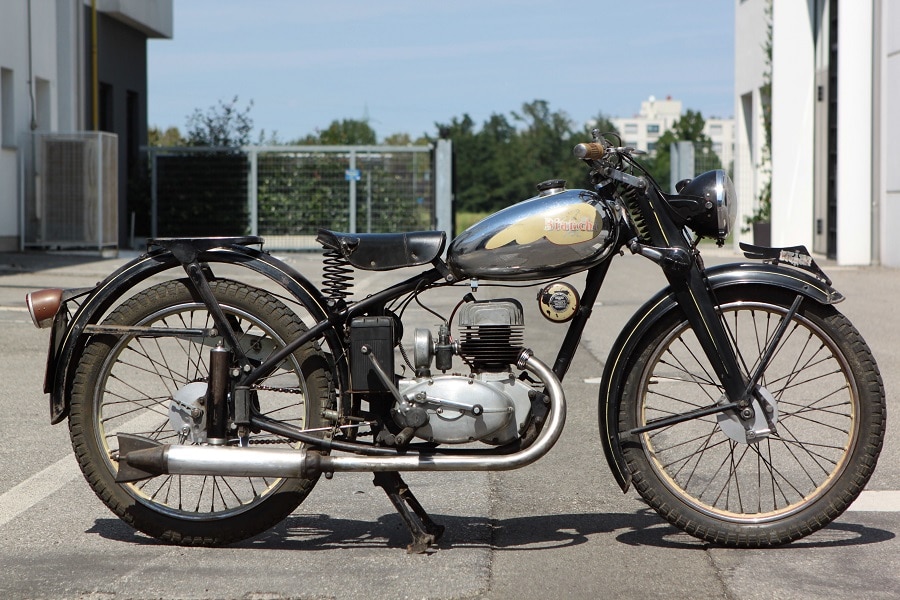
The turning point, however, came precisely with the outbreak of the Second World War. The Milanese Bianchi factories, especially the main one in Viale Abruzzi, were bombed and torn apart by the Allied operations, bringing the Lombard company to its knees. Bianchi, however, knew how to get up, focusing on products that required less space and less materials to be built: the motorcycles. Thus was born the Bianchina, small light 125 cm3 motorcycle, and the moped Eaglet. But cars were too expensive and too expensive to produce, and Bianchi chose to keep only trucks in production, such as the Fiumaro and the Visconteo.
The agreement with FIAT and Pirelli after the war: Autobianchi was born
The turning point, however, comes in 1955, when the General Manager of Bianchi, Ferruccio Quintavalle, determined to revive his company’s automotive production, proposed a agreement with FIAT and Pirelli, two giants of Italian car production. Quintavalle’s ambitious project aimed at to bring Autobianchi back among the top players in the European automotive scene, by means of the birth of a joint venture.
This equal alliance allowed a Pirelli from broaden its range of action in the world of automobiles, it’s at FIAT from attract new customers with more refined and particular cars than its small cars. And instead the Bianchi what did he get from it? The enormous advantage in the alliance with these two giants for Bianchi was theaccess to technology, personnel and materials of the highest level, and the possibility of having access to mechanics and frames already developed at very low prices.
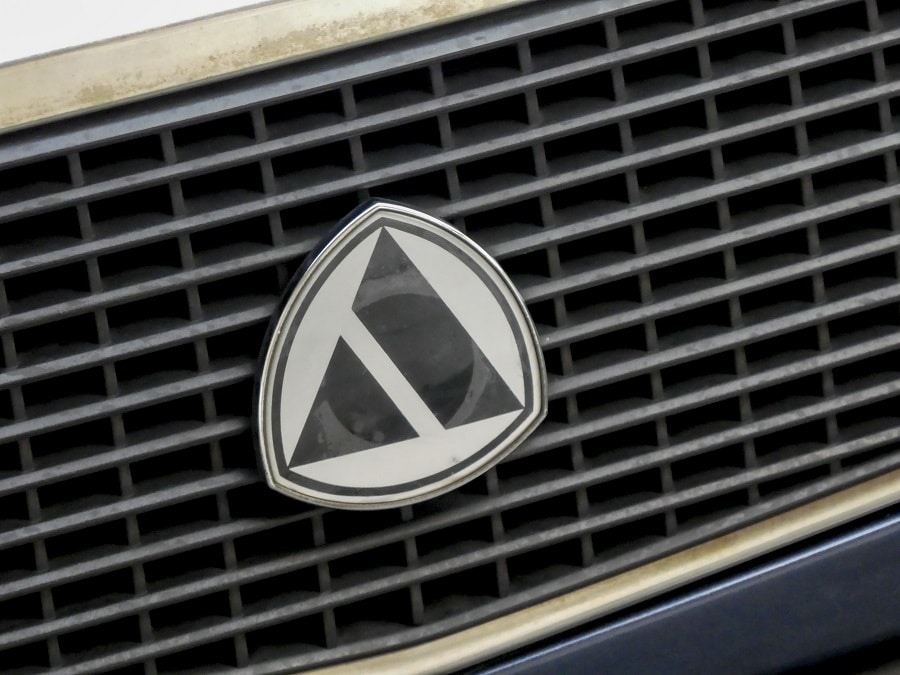
And so it was that theJanuary 11, 1955 the new company was born, Autobianchi. An important departure from the original Bianchi company, with the Auto prefix indicating theautonomy of the new brand, detached from the main Bianchi. A detachment that then became official only 3 years after the birth of the House. In 1958, in fact, less than a year after the launch of the first car produced by Autobianchi, the Bianchina, Bianchi decided to leave his stake in the company. So Bianchi sold his share and the historic factory in Desio a FIAT and Pirelli, which remained the two owners of the Autobianchi brand.
But what car did Autobianchi produce? The choice of those who wanted something more but… in a small way, like the Bianchina
Once Bianchi left the equation, FIAT and Pirelli took charge entirely of the Autobianchi project. The legal and operational headquarters of the company were moved to the new Pirelli skyscraper in Milan in 1960, and FIAT’s plan for the Milanese house took hold more and more. But what was FIAT’s plan? What kind of cars did Autobianchi produce?
Right from the start, FIAT had every interest in creating cars that were not in direct competition with his proposals. The Autobianchi models must have been developed and equipped with FIAT technologies, but it was essential to give them another flavor, another market segment. Given the spartanity of FIAT products of the time, the Turin-based company chose to create a niche that was not there. Small and still cheap cars, but cared for and sought after, with a slightly higher price than a FIAT but with more luxurious and whimsical solutions.
To understand perfectly what Autobianchi produced we have to think about its legacy that has come down to today, the Lancia Ypsilon. It is not a luxury car: it is small and cheap, but more refined and refined than the average. We are therefore not talking about models ready to wage war on Lancia and Alfa Romeo, but on cars that wanted to bring a similar level of care and attention but among small cars with less than 1.0 liter of displacement.

And the first Autobianchi product goes exactly in this direction: the legendary one Autobianchi Bianchina. Forever linked to the movie character of Fantozzi, the Bianchina was in all respects a FIAT 500… in a suit and tie. The engine was the same 479 cm3 of 15 HP, the mechanical basis was the same, but the line era from larger car. Bianchina was in fact equipped with a third rear volume, a more spacious passenger compartment and, in the “Transformable” versions, a canvas sunroof that reached under the rear window.
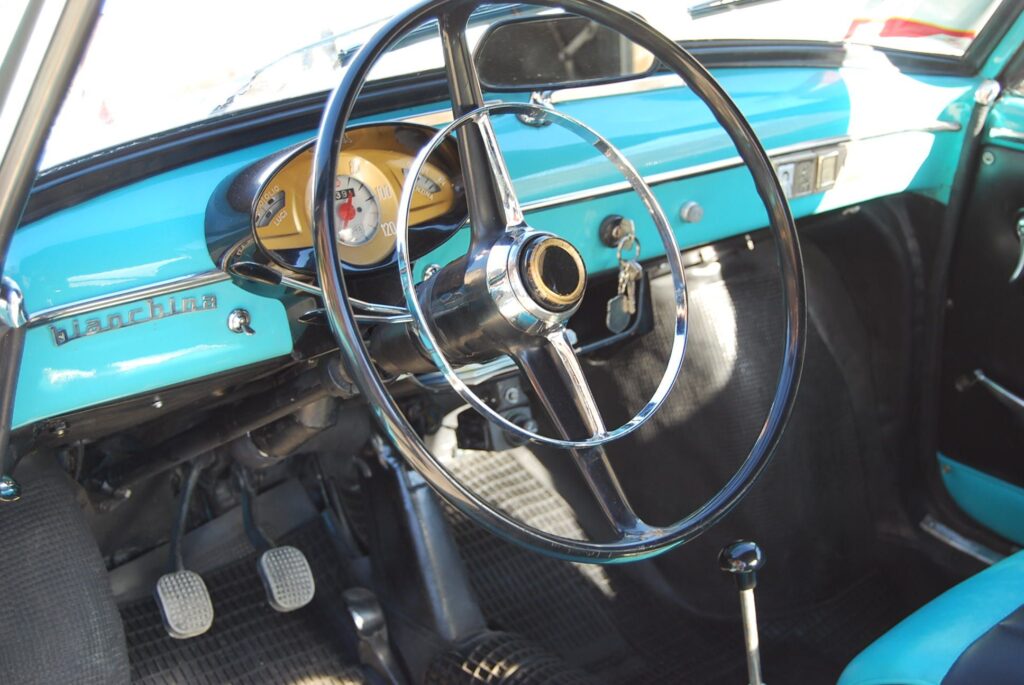
The price was 565,000 read, about 15% more than a New 500. Despite this, however, the SAVA, the FIAT-owned bank, allowed a very advantageous payment in 30 months. Land finer finishes, refined aesthetics, higher build quality and a decidedly more mature aesthetic of the little Bianchina it decreed a great success. They were over 300,000 Bianchina produced between 1957 and 1969, the year in which it was replaced by the Autobianchi 500 Giardiniera, or the wagon version of the 500.
The 1960s: Autobianchi becomes FIAT’s laboratory: Primula and A111 the first with front-wheel drive
After the success of Bianchina, FIAT saw an unmissable opportunity for the young Milanese brand. In fact, at that time FIAT was “Slave” of its most famous models, that is 500, 600 and 1100, and it was not conceivable modify in any way the winning recipes of these models. The Autobianchi brand, on the other hand, with its aura of “luxurious and avant-garde home” was perfect for become FIAT’s technical and creative laboratory. La Casa di Desio was the perfect candidate for bring to the debut new and courageous technologies, which a conservative brand like FIAT could never have launched.

Thus was born in 1963 the second car of Casa Autobianchi, the Little Star. It was a small spider with a rear engine derived from the FIAT 600, nice and cheeky. Its real peculiarity, however, was not the positioning, but its bodywork: the Stellina is in fact the first Italian series car with fiberglass bodywork. The success of the Stellina was limited, with little more than 500 units produced between 1963 and 1965, but it has the merit of being the first courageous Autobianchi. After her came a car that had much better luck, the legendary one Primula. The Primula, declined in different bodies (2/3/5 doors and Coupé), is the car it has FIAT history changed. Because? The reason is simple: it was the first car designed and built by the Turin-based company equipped with front-wheel drive. And who could have designed such an important model if not the mythical one Dante Giacosa?
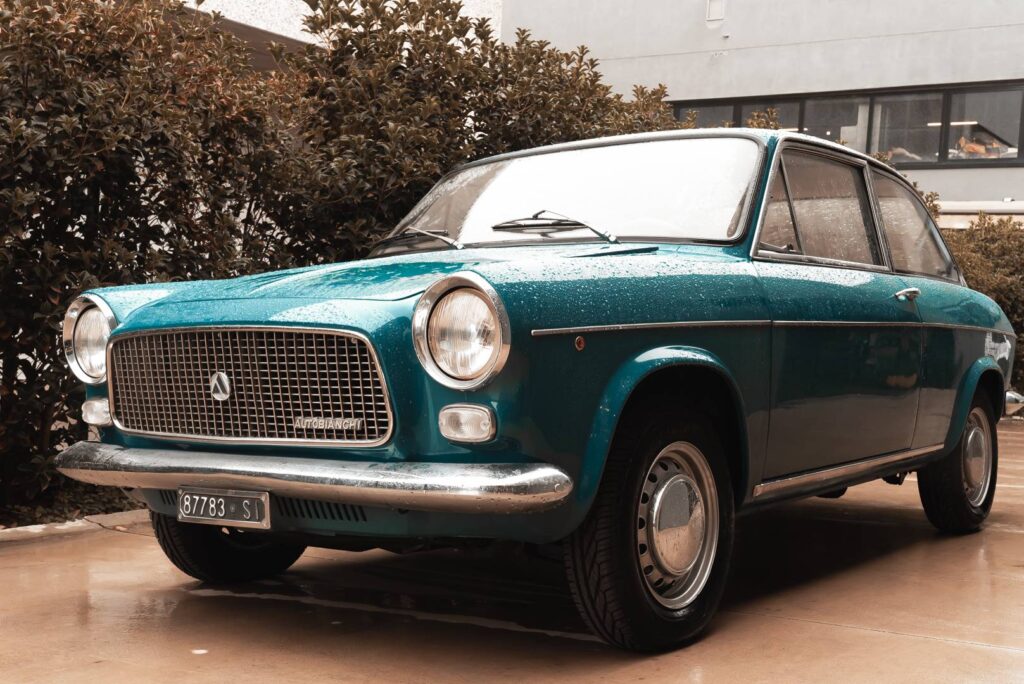
And it was Giacosa one of the strongest supporters of front-wheel drive, completely ostracized, however, by FIAT managers. This total rejection of this mechanical arrangement comes from the 1930s, when the front-wheel drive FIAT 500 Topolino prototype caught fire in a test with Giovanni Agnelli on board. The world, however, was moving towards this solution, and Giacosa knew it. The Primula was the first, very successful FIAT project with front-wheel drive, produced in 75,000 copies. The Primula was then the starting point for the large FIAT compact cars of the future such as Ritmo, Tipo and so on.

Once it gained momentum, Autobianchi became the springboard for the future technologies of the FIAT Group. A striking example of this was the first (and only) Autobianchi sedan, the A111. To replace the antiquated 1300 sedan in the mid-1960s, Giacosa thought of a mid-size front-wheel drive sedan. FIAT, however, continued on its way, choosing the 124 in 1966. Giacosa then decided to continue with his project adapting it to the young Milanese brand, and give life to the 1968 to the first front-wheel drive luxury sedan, the Autobianchi A111. A large sedan with square and rigorous lines, the A111 was refined and neat, but the success (also due to the too little Italian line) was less than the potential of the project.
The stratospheric success of the Autobianchi A112, the Italian MINI: 20 years of career on the road and in rallies
Produced between 1968 and 1972, the A111 was the first Autobianchi automobile after the total acquisition of FIAT. In 1967, indeed, Pirelli withdrew from the project, leaving the paternity of the Milanese company to FIAT alone. The result of this total acquisition? The beginning of a project which will completely mark the entire history of Autobianchi, the A112. The project X1/2 departed in the mid-60s, and was born to defeat an enemy who came from across the Channel, the British MINI. In Italy and Europe, the MINI was one of the best-selling small cars. Small, stylish, with a fun and incredibly practical guide, Alec Issigonis’ creature has been reaping successes since 1959.
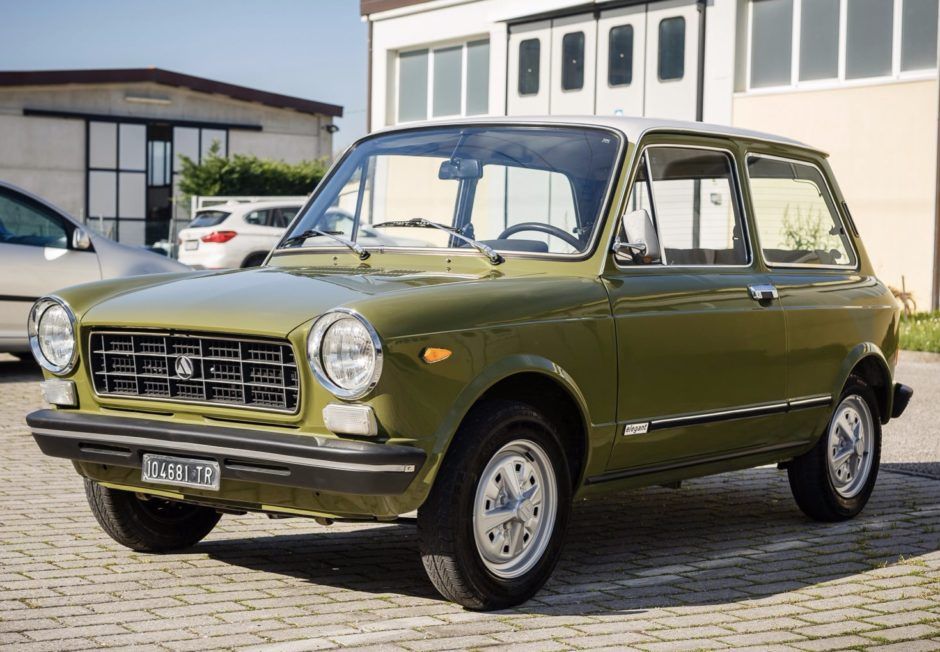
FIAT, in the small-medium car market around the liter of displacement, had only the antiquated 850, based on …






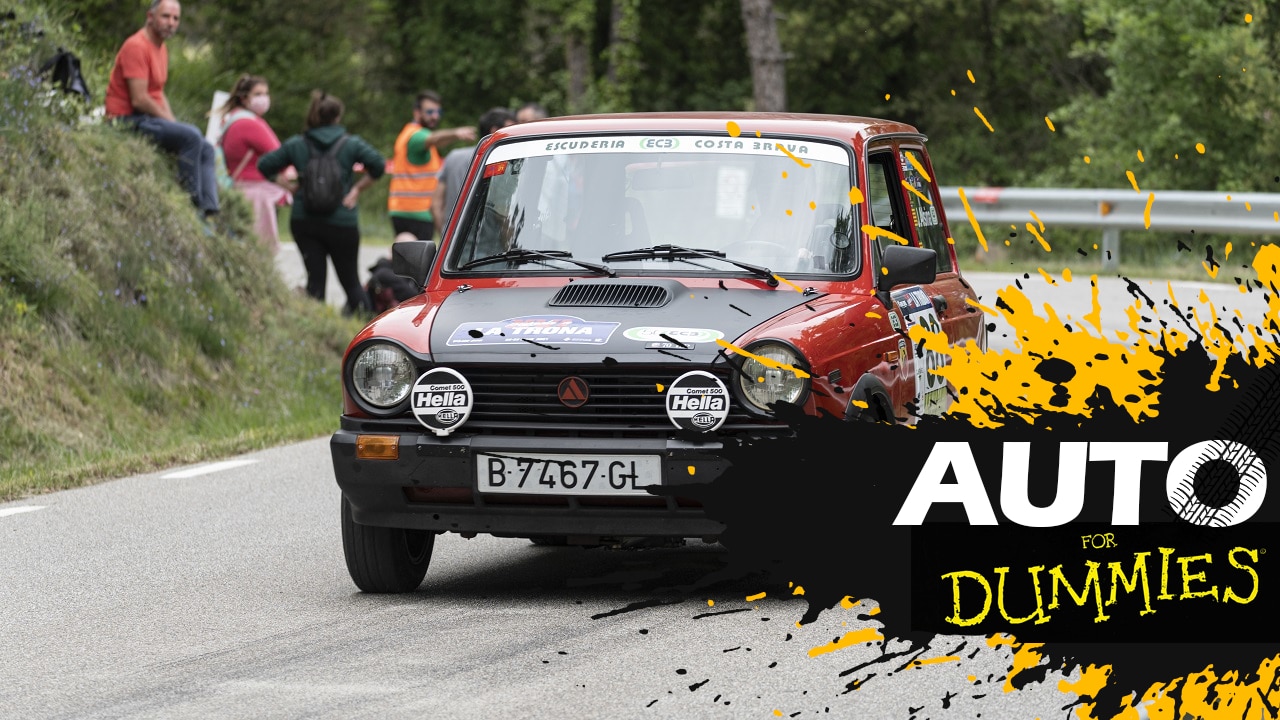









Leave a Reply
View Comments